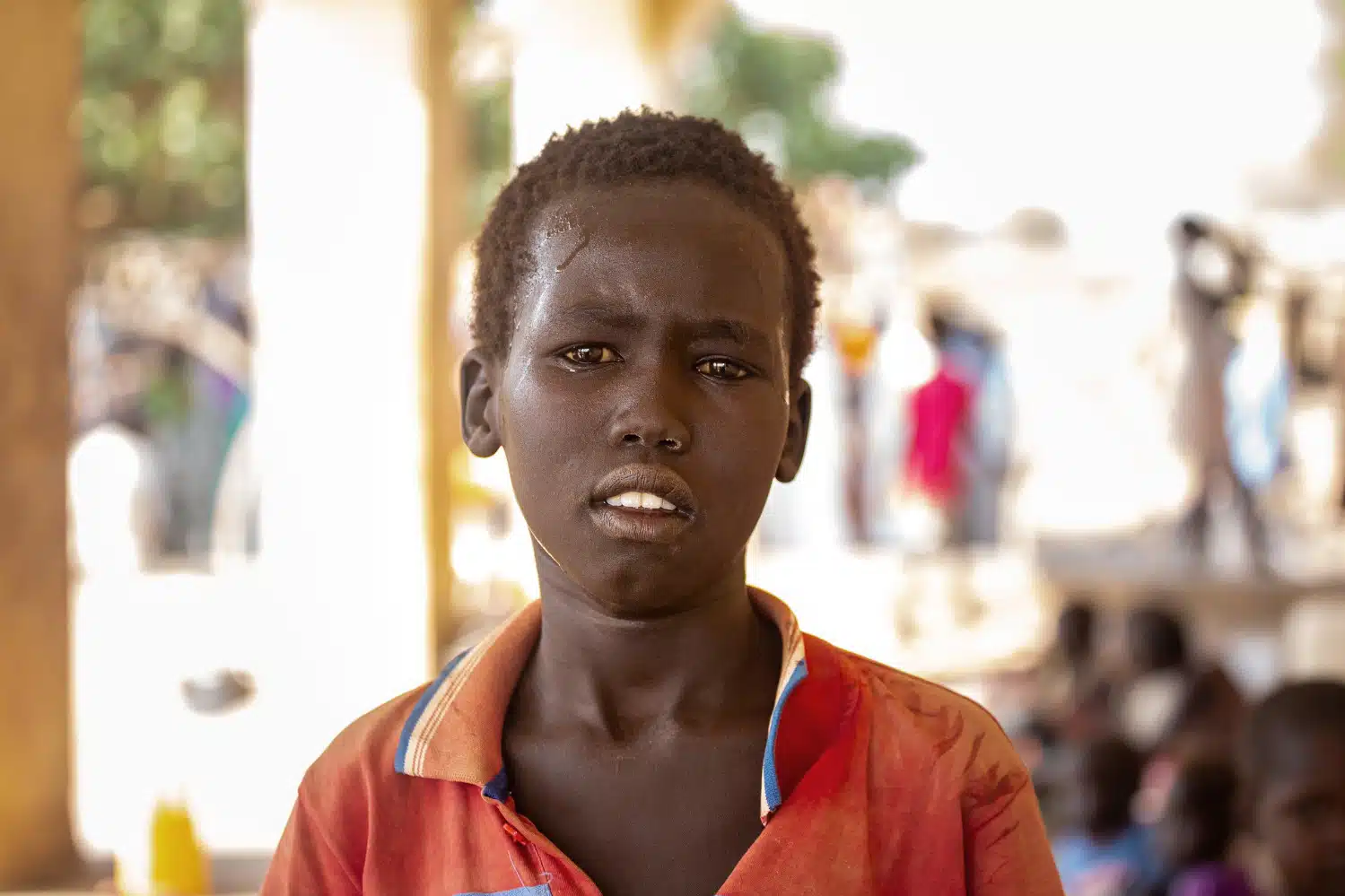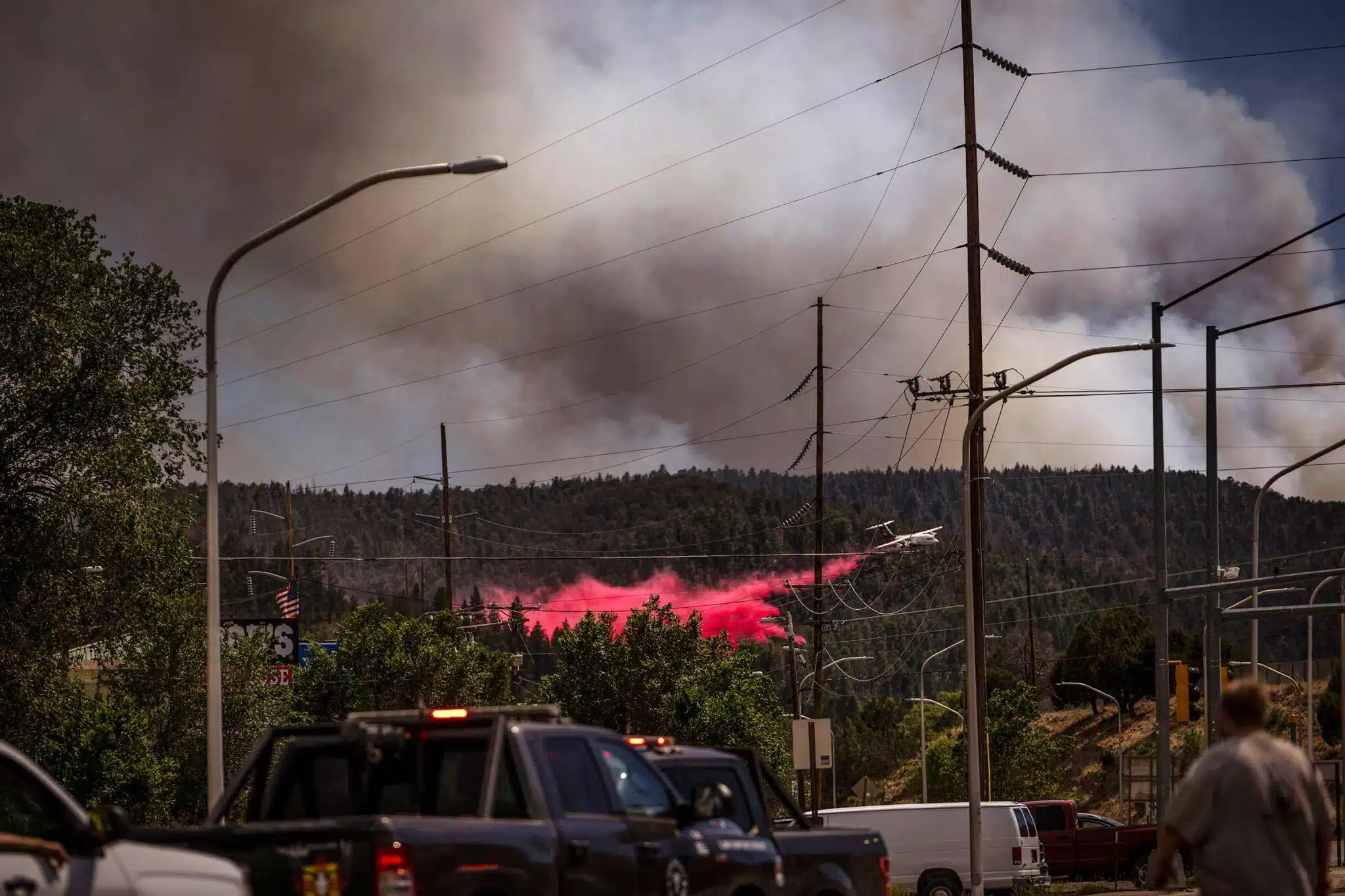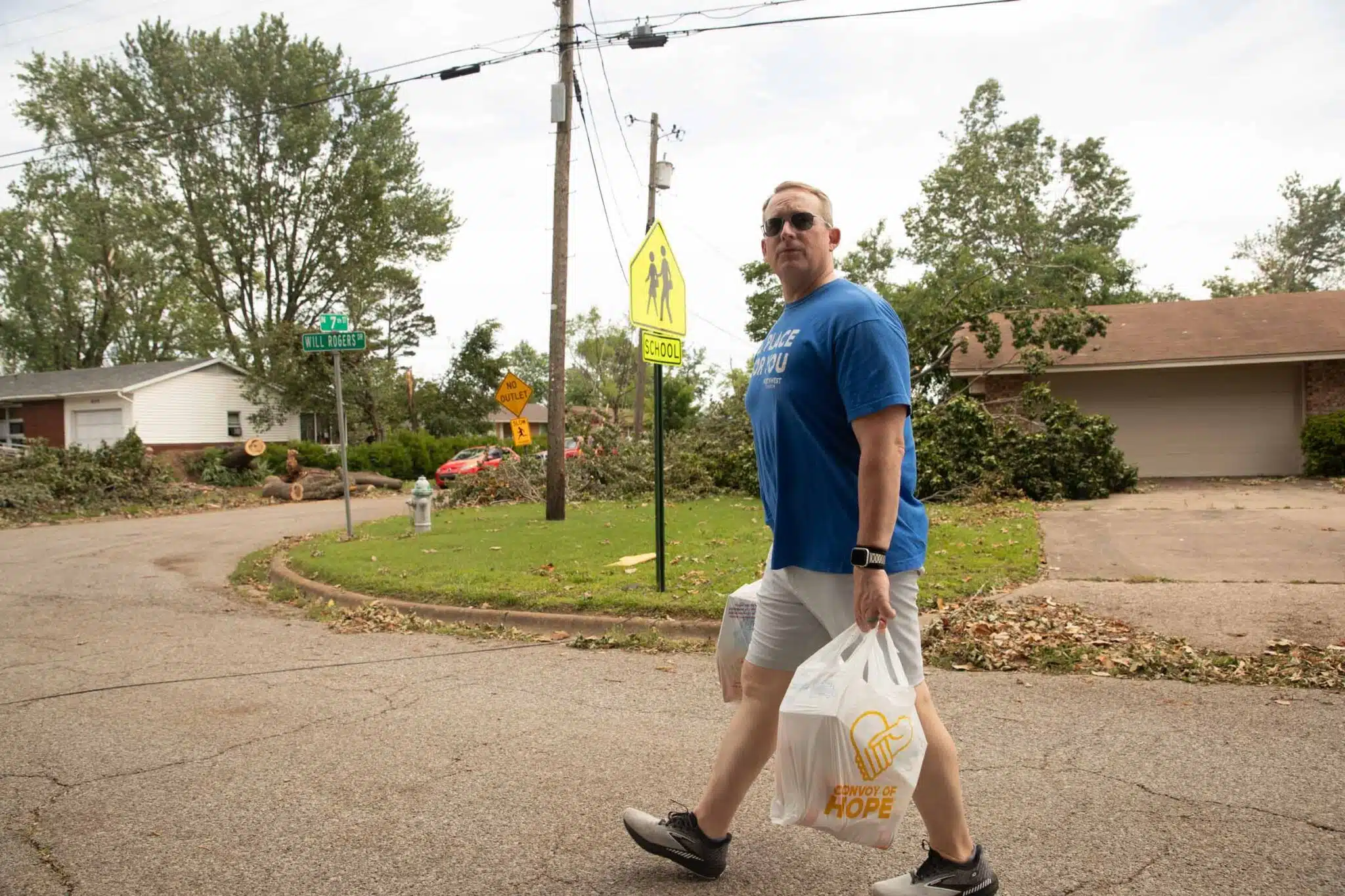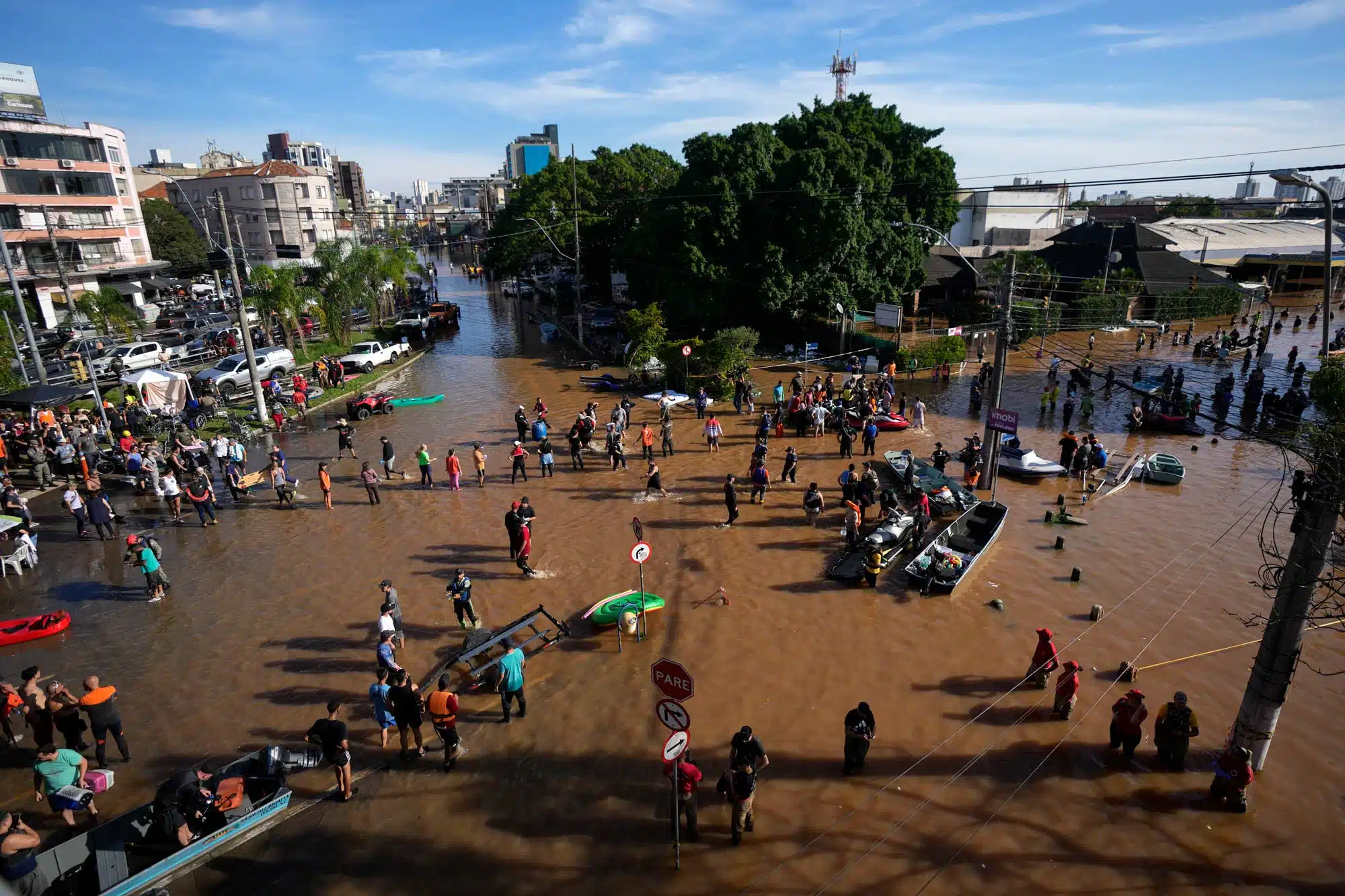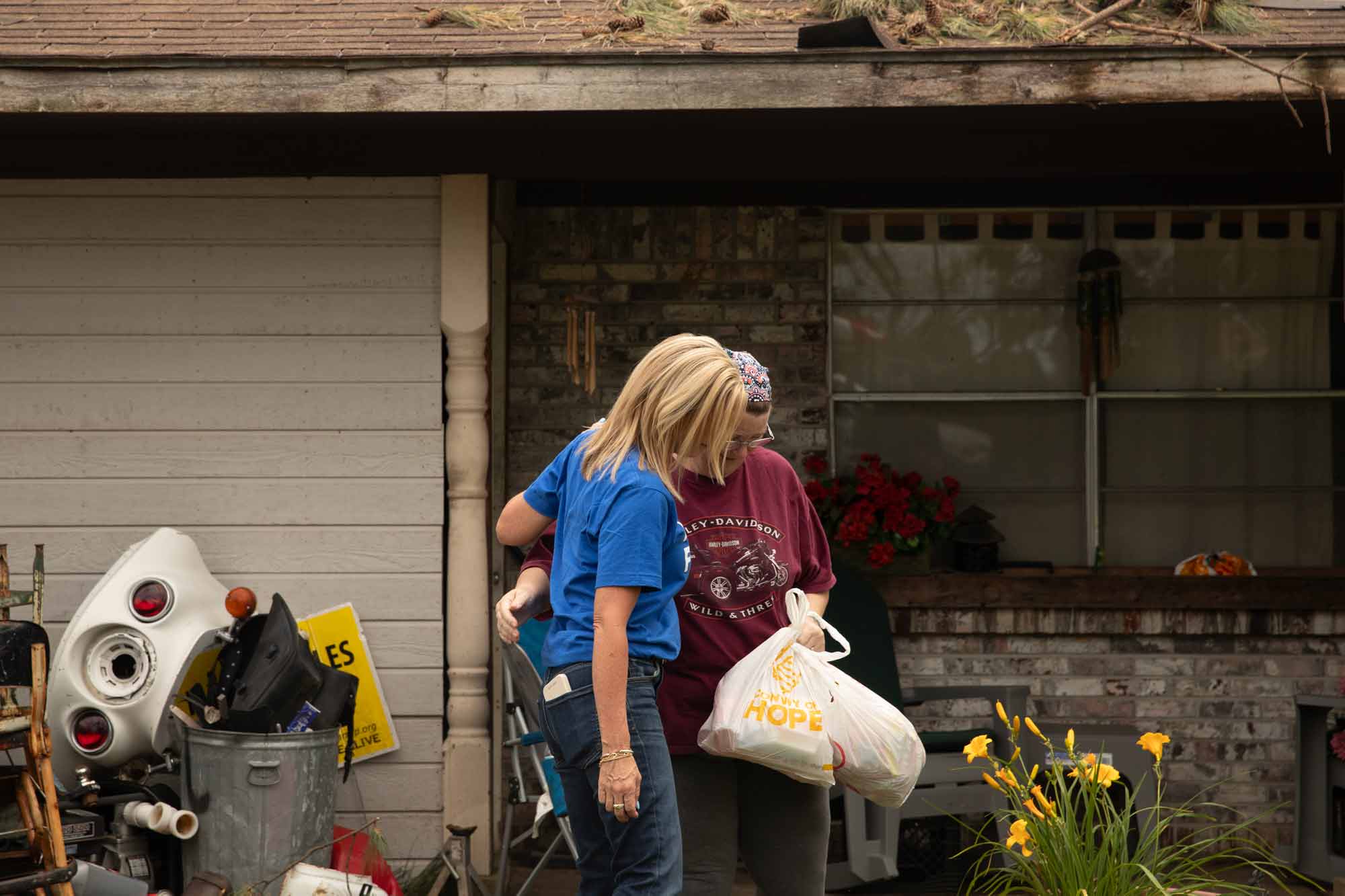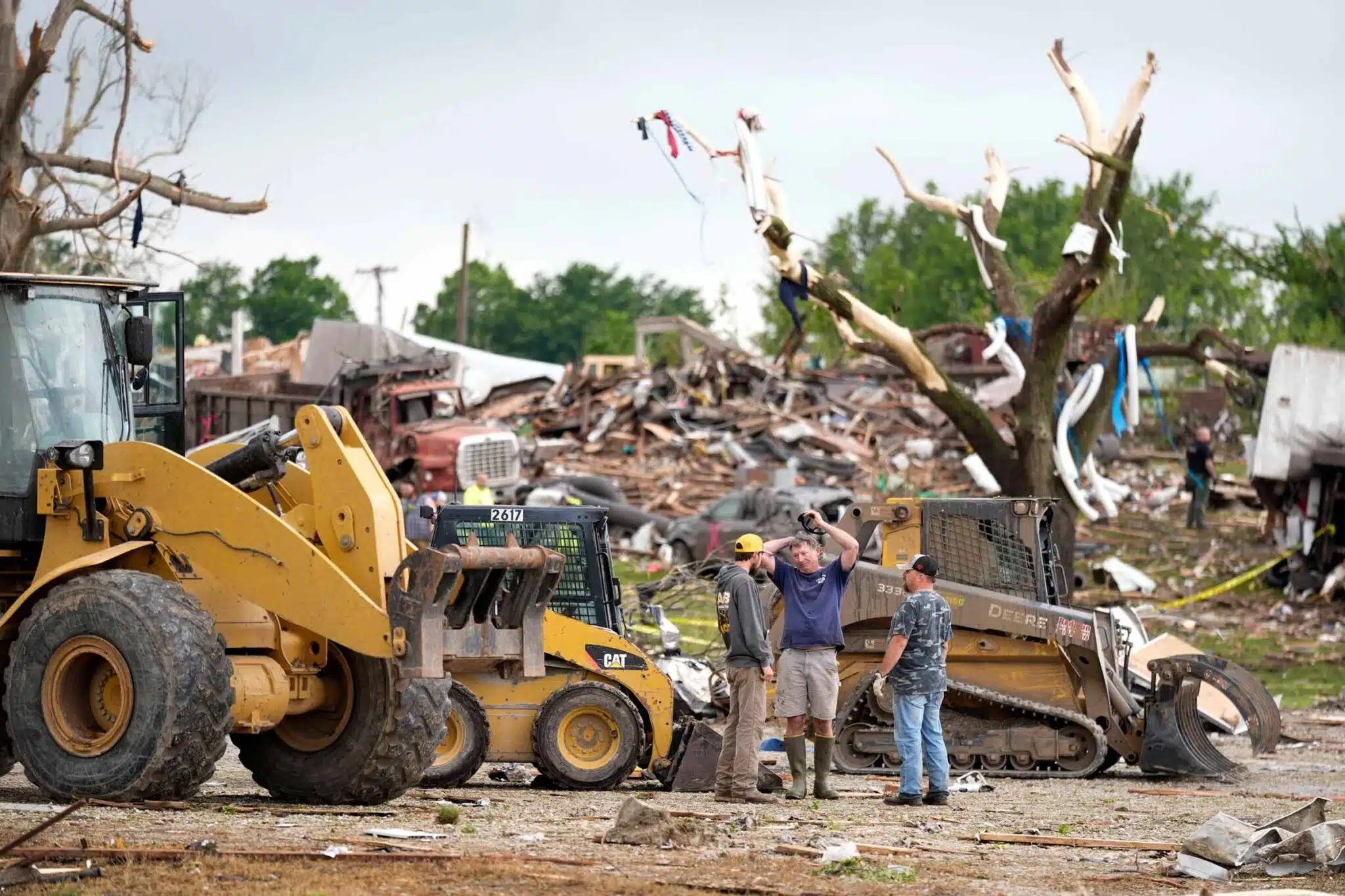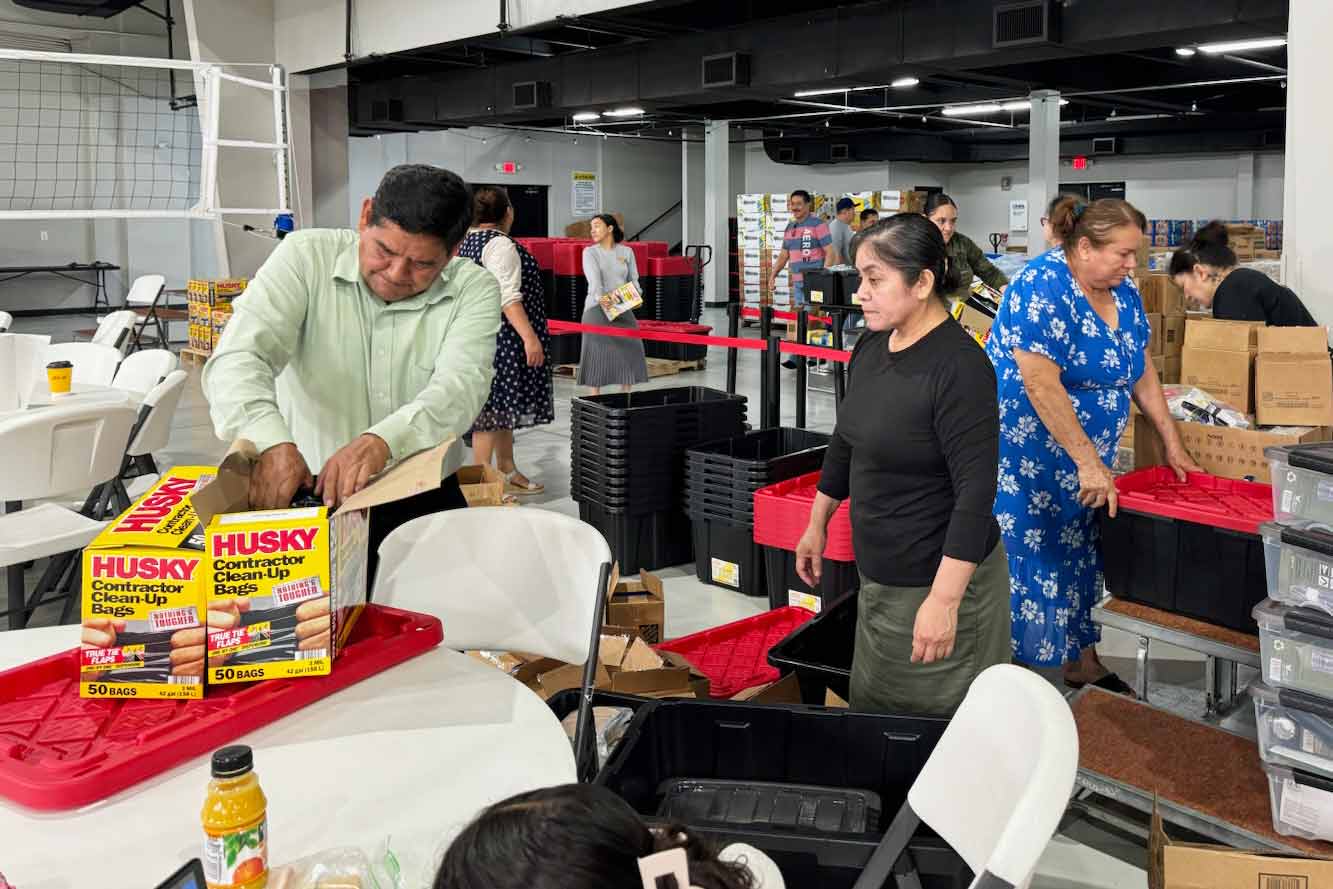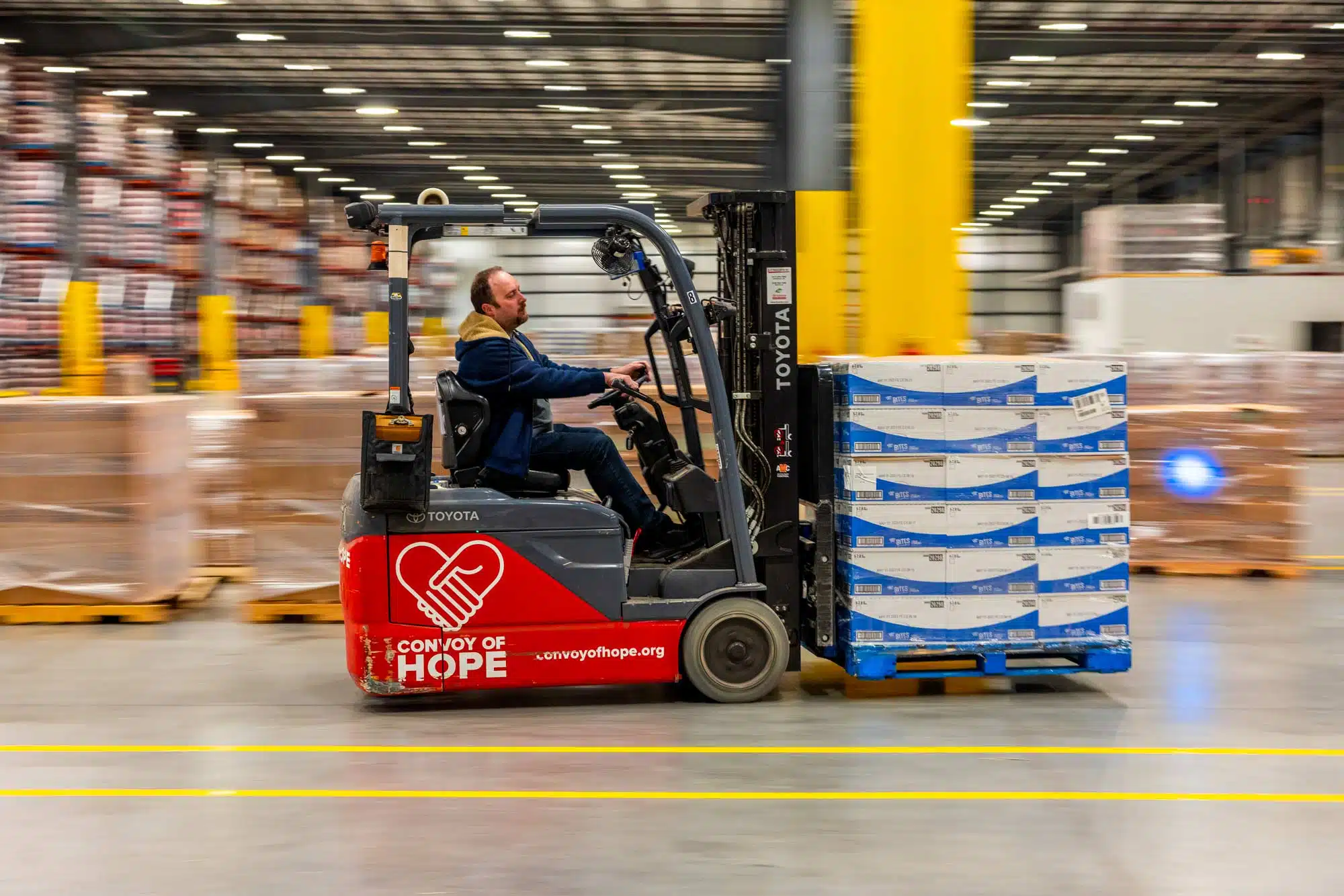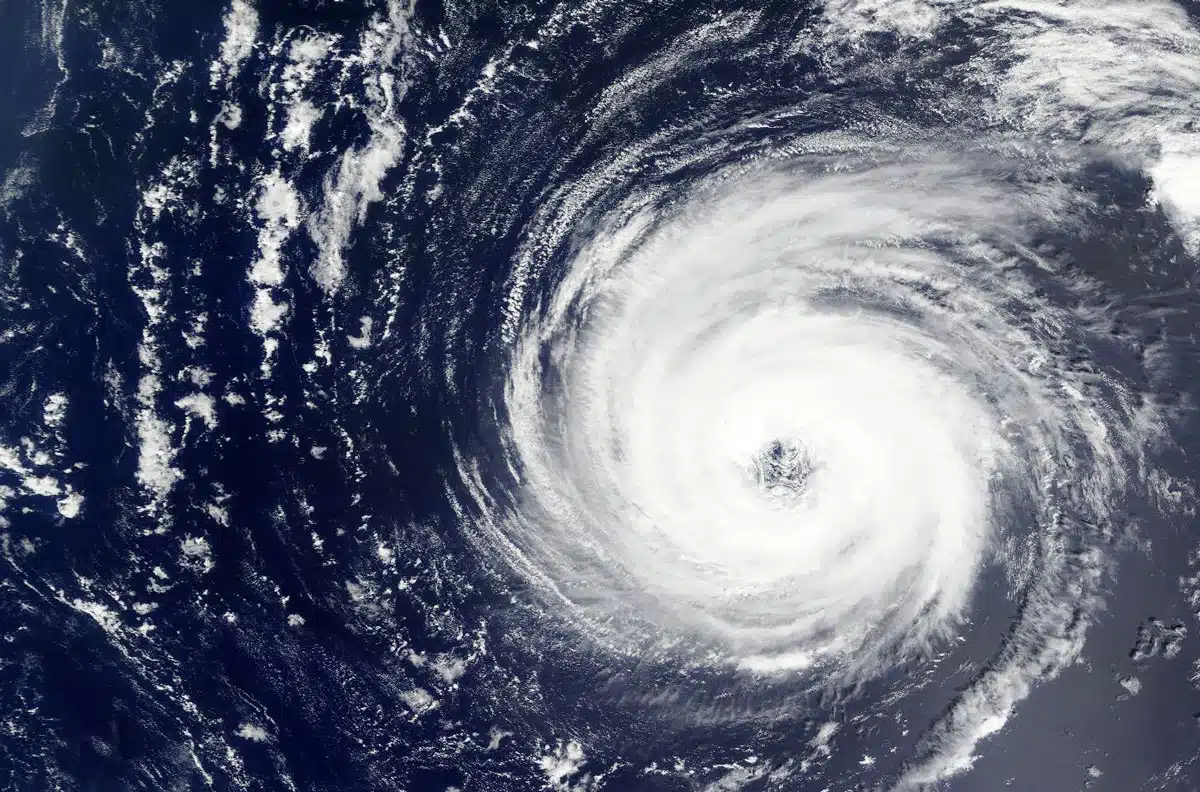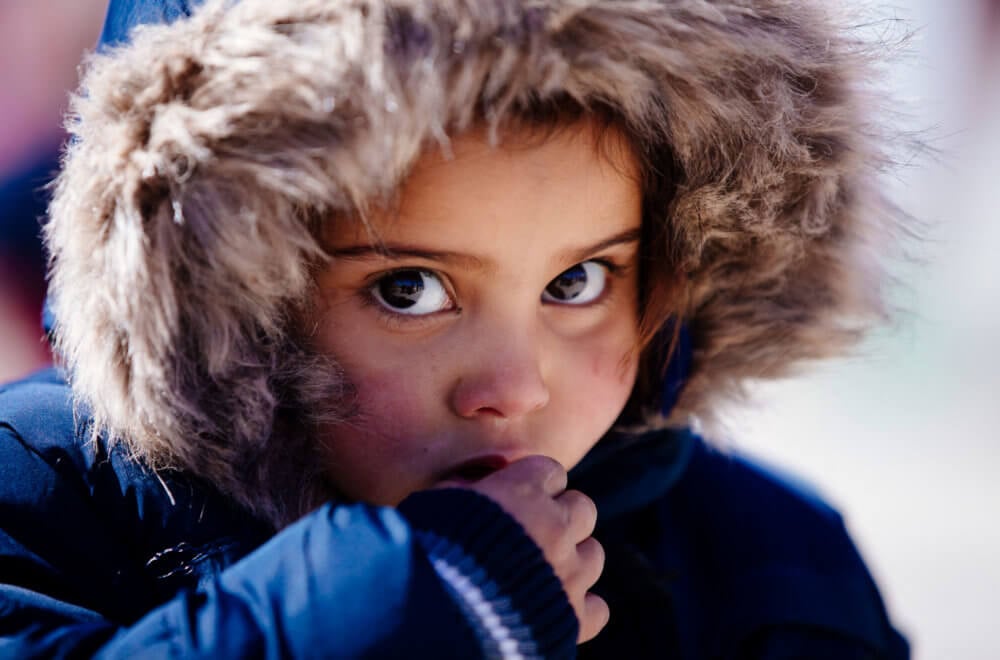With the approach of each Atlantic hurricane season, the World Meteorological Organization releases a list of names to be used for potential storms that year.
The list is one of six that rotate every six years.
Names tend to remain on their respective lists for years.
Only when a storm causes extreme property damage and loss of life is its name retired and a new name beginning with that letter placed in that slot.
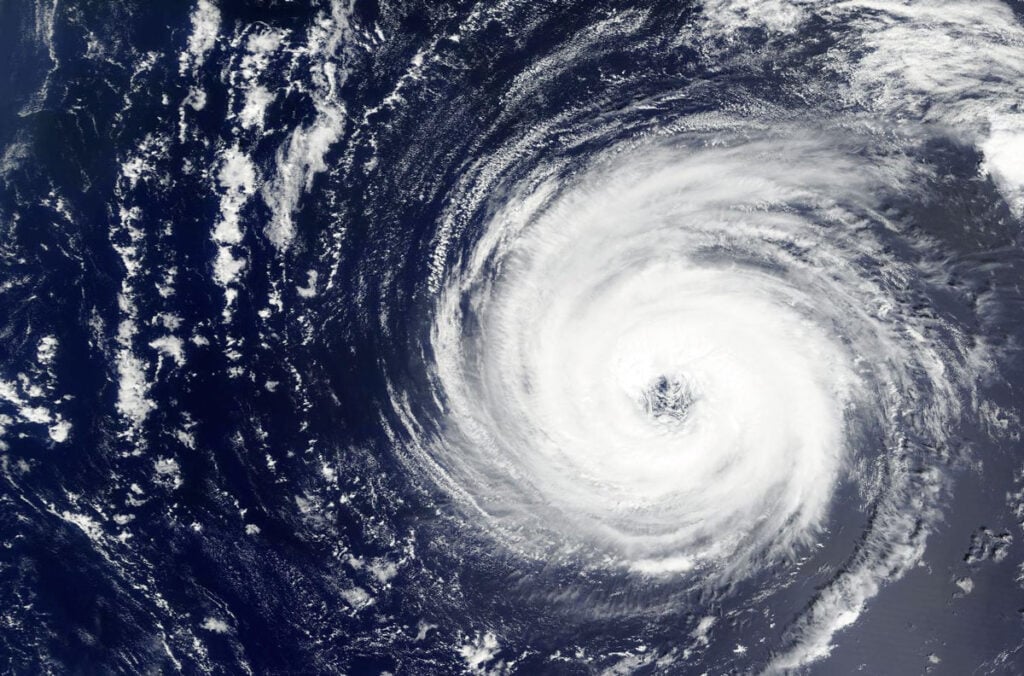
Some names, however, are so far down the list that they have almost no history at all. As the 20th name on the list for 2024, Valerie has never been used with a storm in all the years the current naming system has been in place.
There has only been one Hurricane Valerie, and it was one of just three named storms and the only hurricane of the 1962 Pacific hurricane season. This series of articles focuses on the Atlantic hurricane season. If you want to research storms in other regions of the world, check out the worldwide lists.
Phases of Tropical Cyclones
All named storms from each year’s list are a form of tropical cyclone — a rotating, organized system of clouds and thunderstorms that originates over tropical or subtropical waters and has a closed low-level circulation.
Phase 1: Tropical Depression
Early in a cyclone’s development, as a tropical depression, wind speeds are less than 39 mph.
Tropical depressions are not given names but are numbered and tracked in case they grow into tropical storms or hurricanes.
Phase 2: Tropical Storm
Should a sufficiently powerful weather system develop late in the season with a sustained wind speed of 39 mph, Tropical Storm Valerie will make its debut.
Phase 3: Hurricane
If that speed reaches 74 mph, Hurricane Valerie will enter the record books.
If you live in an area where such a storm system is expected, take all necessary precautions, keep up to date on reports of the storm’s path, and don’t underestimate the potential impact to your community.
When Was Hurricane Valerie?
As of yet, there has not been a Hurricane Valerie in the Atlantic. There may not be one this year either, since hurricane seasons sometimes fall several notches below 20 storms. In 1982, for example, only five names were used the entire season.
Where Did Hurricane Valerie Hit?
No actual Hurricane Valerie has made landfall in the Atlantic.
The Pacific storm of 1962 briefly touched Mexico. If you look at an aggregate chart of the paths of other named storms in the Atlantic, you can get an idea of the general range of such landfalls.
What Category Was Hurricane Valerie?

The Pacific storm of 1962 reached Category 1 status briefly. With no Hurricane Valerie on record in the Atlantic, there is no category to report for this series of articles.
But what does it mean when a category is applied? Again, the answer is based on wind speed.
- • A Category 1 hurricane has sustained wind speeds of at least 74 mph 10 meters above the ground surface when averaged over a 1-minute period.
- • A Category 1 designation holds up through 95 mph.
- • By the time you reach Category 5, those wind speeds are equal to or greater than 157 mph. There’s no top limit.
This evaluation system is called the Saffir-Simpson scale.
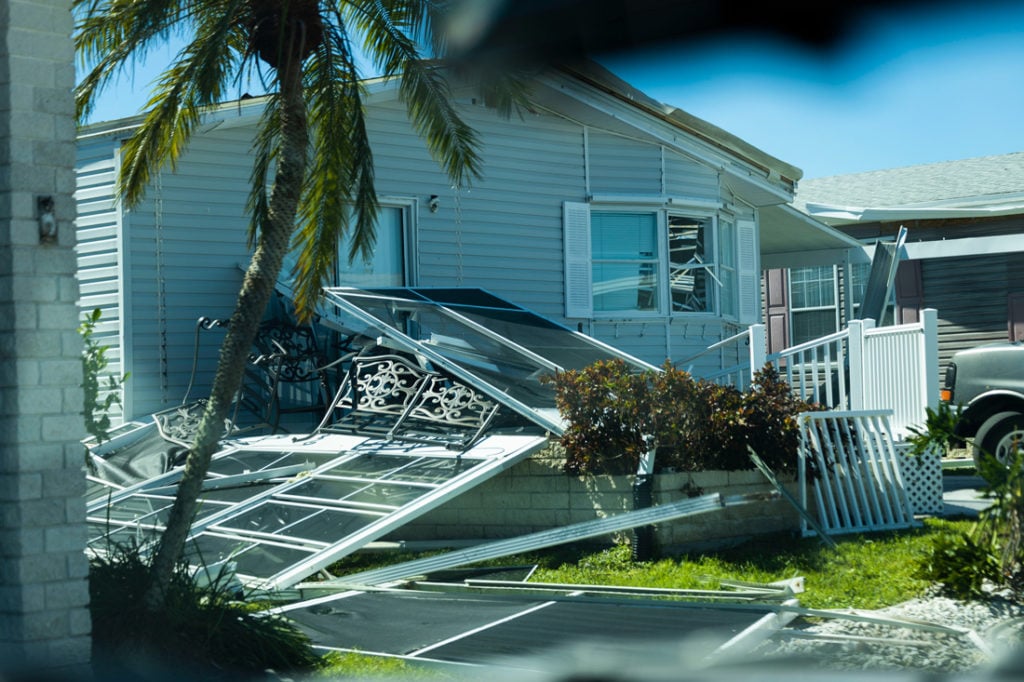
What Time Will Hurricane Valerie Make Landfall?
If you research, “What time did Hurricane Valerie make landfall?” you may not find any data because the Pacific storm of 1962 had little impact.
Wikipedia does note that it made landfall near Mazatlán, Mexico.
More importantly, there is no correlation between the landfall of a historic hurricane and when a current storm system might reach land.
No data from the past will help you prepare if Valerie becomes a significant storm in 2024.
It’s wise to stay up to date on weather forecasts and be aware of a specific storm’s estimated landfall if it is predicted to reach your region.
Thanks to satellite and radar imagery, those predictions can be very accurate, giving you plenty of time to prepare. Don’t make the mistake of waiting until the last minute to reach a safe area.
This article will be updated should more details about Valerie become available in 2024.

The Power of Preparedness
Ensure your family is protected in the face of unexpected challenges with our Disaster Preparedness Guide.
Topics include:
— Family Communication Plan
— Evacuation Plans
— Care for Pets
— Weather Monitoring
Download Our Disaster Preparedness Guide!
Start your journey to preparedness now and download the guide to learn practical steps for facing any disaster confidently.
"*" indicates required fields
How Many People Died in Hurricane Valerie?
There was no loss of life from the Pacific Hurricane Valerie in 1962. Valerie has never been a named storm in the Atlantic. Should Valerie be a named storm in 2024, it could pose a threat even if it never achieves hurricane status.
Tropical storms that never grew into hurricanes have still created massive rainfall with deadly flooding and mudslides.
What Was the Path of Hurricane Valerie?
Should Valerie develop into a hurricane this year, you’ll find a lot of daily information on its current path. In many cases, the beginning of such a path is in the Atlantic Ocean off the coast of West Africa.
As that system moves west across the Atlantic, often in the general direction of the Caribbean, it can strengthen and organize into a tropical storm and then a hurricane.
Convoy of Hope & Hurricanes
Convoy of Hope is a faith-based nonprofit organization serving the poor and hungry in dozens of program countries around the world.
Because natural disasters have such a deep and negative impact on communities, Convoy views disaster response as integral to its larger mission.
Food, water, and other key resources quickly become scarce following hurricanes and other disasters.
Convoy of Hope Disaster Services responds to natural disasters around the world — earthquakes, floods, wildfires, hurricanes, and drought — offering help and hope to people facing some of the most challenging circumstances in their lives.
The nonprofit, faith-based organization pursues a driving passion to feed the world through children’s feeding initiatives, community outreach, and disaster response.
